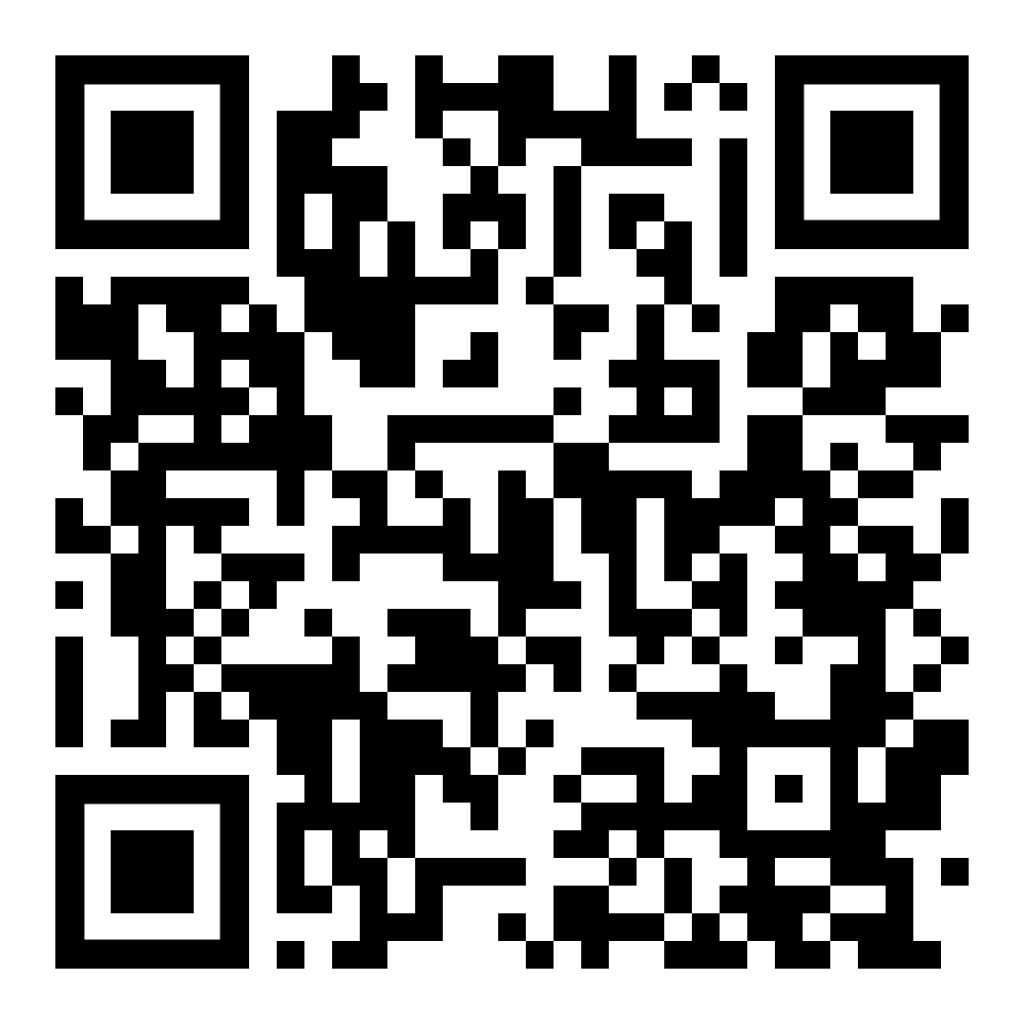Ready to get started? Let's go!
Next stop – PDQ1 – that means Pretty Darn Quick. Go dog, go!
Huff, puff, hop, hold, howl, and more in this exploration of CO2 and the human body!

Scan this QR Code with your Phyphox sensor app to load the CO2 sensor settings for all activities in the CO2 Science Series.
Huff, puff, hop, hold, howl, and more in this exploration of CO2 and the human body!
Grades:
Time:
Subject:
5-8
50 minutes (PDQ’s + Experiment)
50 Minutes (Challenge & Collaboration)
Life Science
Meet your body, the amazing machine! Prepare to hop, howl, hold your breath and watch databot™ take a fantastic voyage into the human lung in an exploration of human respiration!
Your body is an amazing machine that has multiple systems within it that process chemicals, create energy, and enable us to move, sleep, eat, and think. Incredible!
One of these systems, our respiratory system, handles breathing. It’s something we take for granted every moment of every day but this remarkable process in our body takes in air, extracts life giving oxygen, then expels carbon dioxide (CO2) approximately 20,000 times a day. And we don’t even think about it!
Let’s explore the human respiratory system with databot™! databot™ actually enables us to “see” CO2 levels and how changing your actions can impact your respiratory system. Holding your breath and hopping up and down can make a big difference – can you guess which one generates more CO2? We’ll also build a model of a human lung and databot™ will travel inside to explore the concept of air pressure in your chest – wow!
Let’s explore further with databot™!

By completing this experiment and conducting the scientific observations associated with it you will master the following knowledge! Good luck science explorer!
Air Pressure: The weight of the air above us pressing down. We don’t feel it normally because it is always there, but air has weight!
Alveoli: Tiny air sacs in your lungs that facilitate the exchange of oxygen into your bloodstream and carbon dioxide out of it.
Bronchial Tubes: Branch off your trachea and carry the air you inhale into your lungs.
Bronchiole: Smaller passages off your bronchial tubes that lead to the tiny air sacs known as alveoli where gas exchange takes place.
Carbon Dioxide (CO2): A colorless, odorless gas naturally present in the air you breathe and is absorbed by plants in photosynthesis. There would be no animal life or green plants without carbon dioxide. Green plants use energy from the sun plus carbon dioxide and water to produce carbohydrates and oxygen.
Diaphragm: A dome shaped muscle-membrane that separates your thorax from your abdomen. It plays a major role in breathing by contracting and changing the volume in your chest cavity which allows fresh air to rush in and deliver oxygen!
Exhale: To breathe out.
Homeostasis: Your body’s systems and processes that help maintain a balance of things like your oxygen and CO2 levels.
Inhale: To breathe in.
Lungs: Spongy organs located in your chest cavity that take in oxygen and expel carbon dioxide.
Oxygen (O2): A molecule formed of two oxygen atoms and is a major component (21%) of the air we breathe. When we breathe, we extract oxygen from the air and absorb it into our bloodstream. Our cells then use oxygen to convert food to energy!
Respiration: Facilitates the production of energy in the body through the process of breathing in oxygen and expelling carbon dioxide.
Respiratory System: Your lungs, airway, and associated muscles, are responsible for breathing – taking in oxygen and expelling carbon dioxide.
Trachea, or windpipe: A large tube that conveys air to and from your lungs. It is an important part of your respiratory system.
Volume: The amount of space a substance takes up.
Read the background information and learning objectives, study the terms, and explore the additional resource links.
Prep all materials!
Next stop – PDQ1 – that means Pretty Darn Quick. Go dog, go!
Educator Info
The following learning objectives are emphasized in this module:
The human respiratory system is one system of many in the human body and it is responsible for breathing!
Cross Cutting Concepts
Engineering Practices
Disciplinary Core Ideas
How We Breathe, Molly Kampf. 2018.
UC Colorado Boulder, Teach Engineering. Lesson: Breathe In, Breathe Out
UC Colorado Boulder, Teach Engineering. Hands-on Activity: Create Model Working Lungs: Just Breathe.
Serendip Studio. Homeostasis and Negative Feedback – Concepts and Breathing Experiments
Serendip Studio. Homeostasis and Negative Feedback – Teacher Prep Notes
Khan Academy Video: The carbon cycle
Khan Academy Video: Meet the lungs
Khan Academy Video: Oxygen movement from alveoli to capillaries
Khan Academy Video: Inhaling and Exhaling
Amazing Blog for the Challenge Activity: Free Diving : A Deep Insight Into This Incredible Way Of Life
Breathe Cover Photo by Fabian Møller on Unsplash
 Breathe by Robert O. Grover & Team databot™ is licensed under a Creative Commons Attribution 4.0 International License. Permissions beyond the scope of this license may be available at databot.us.com/contact.
Breathe by Robert O. Grover & Team databot™ is licensed under a Creative Commons Attribution 4.0 International License. Permissions beyond the scope of this license may be available at databot.us.com/contact.